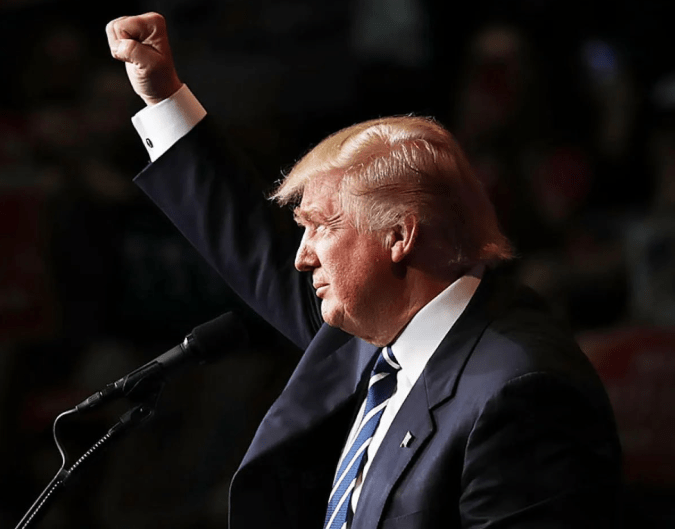US President Donald Trump, speaking on Friday, declared that the US shouldn’t be held to the same NATO defence spending standards as its allies. This stance comes mere days before NATO leaders gather in The Hague.
US vs NATO: A Defence Spending Divide
Trump reaffirmed his long-standing call for NATO nations to spend 5 per cent of their GDP on defence, but clarified that the US should be exempt.
He said bluntly: “I don’t think we should, but I think they should.” Adding emphasis: “We’ve been supporting NATO so long. So I don’t think we should, but I think that the NATO countries should, absolutely.”
He stressed that although it’s a tough ask, it’s up to the other member states to meet this ambitious defence target.
The NATO summit kicks off on Tuesday in The Hague. Thirty-two member nations are expected to convene to review defence budgets, force structures, and deployment strategies.
- Current NATO average: just over 2 per cent of GDP on defence
- Planned increases: several states aiming for around 3 per cent in the coming years
- Trump’s proposed goal: 5 per cent, a figure that has sparked fierce debate
In response, NATO officials suggested a compromise: 3.5 percent on defence, with the remaining 1.5 percent diverted into domestic infrastructure and cybersecurity.
Washington Republicans Push for Full Commitment
Trump’s reluctance troubles Republicans in Congress, who advocate for a robust Pentagon budget. Sen. Roger Wicker and Rep. Mike Rogers, veterans of the Senate and House Armed Services Committees, are leading pushback efforts, aiming to secure 5 per cent of GDP for defence.
They criticised Trump’s proposal to keep military funding flat, aside from a one-off boost via a Republican megabill that included tax cuts.
Achieving the 5 per cent benchmark could result in a staggering $1.4 trillion defence budget.
Allies Rejecting or Embracing the 5 Per cent
So far, only Poland, Estonia, Latvia and Lithuania have pledged to hit the 5 per cent defence target. Most other nations are expected to join the cause at The Hague.
However, not all are on board. Spain, a noted low spender, firmly rejected the proposal recently. According to a letter to NATO Secretary-General Mark Rutte, Spanish Prime Minister Pedro Sánchez said his administration “cannot commit to a specific spending target in terms of GDP at this summit.”
Germany, too, is weighing its options. Defence Minister Boris Pistorius acknowledged the challenge: “We have to find a realistic compromise between what is necessary and what is possible, really, to spend.”
Seth Jones, President of the Defence & Security Programme at the Centre for Strategic and International Studies, noted: US defence spending currently stands at 3.4 per cent of GDP—“lower than during any time during the Cold War,” and possibly even less than during the Carter administration in the 1970s.
In summary, Trump’s stance on NATO defence spending adds fresh tension to an already complex alliance, just as leaders prepare to negotiate defence commitments and strategic investments in The Hague.






